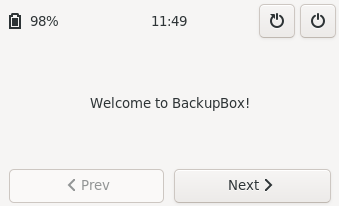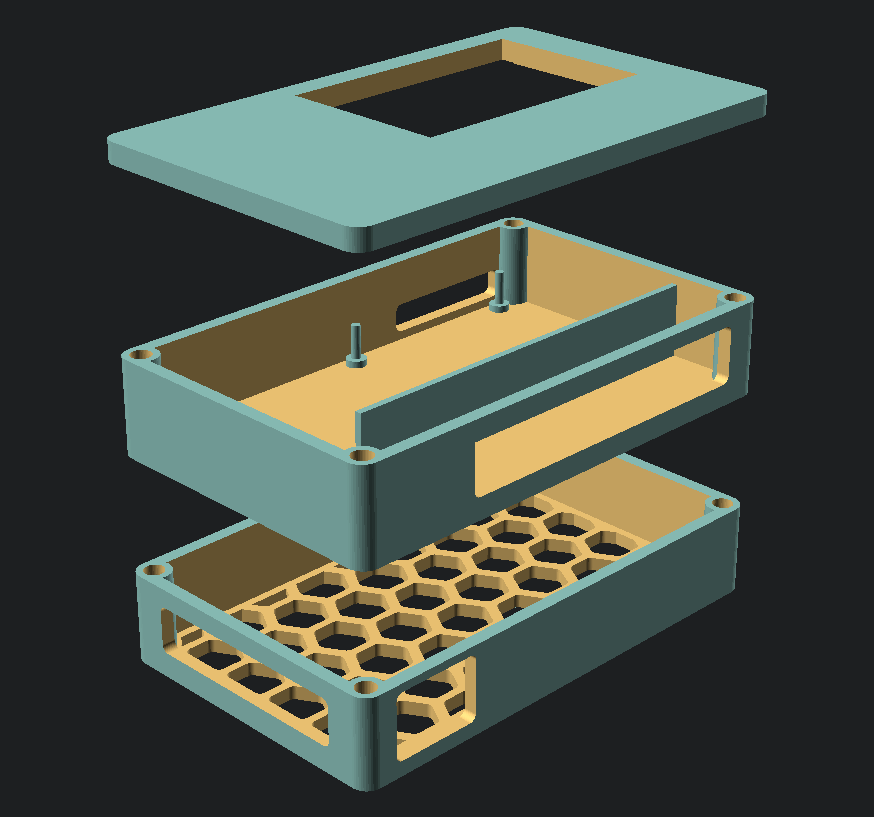A portable device to backup your daily pictures from an SD card to a portable drive.
Every time I go on vacation with my girlfriend, she asks me to backup all the picture she has taken with her camera to my laptop "just to be safe". I figured I could put together a small portable device that is able to automatically backup new pictures in a few simple steps, and spare my laptop the daily torture.
The whole thing needs to be:
-
Simple: it needs to do one thing, and has to do it well, while adhering to the [workflow][#workflow]. No useless customization or options. Hopefully it should be straightforward to use even for someone with limited technical skills;
-
Portable and compact: it needs to be small enough so we can toss it in our bag and forget about it. Also it should be a single object, and not a bunch of components to be put together every time. No additional input device other than a touch screen should be required;
-
Incremental: Backup should be incremental and duplicate backups should be avoided;
The entire project is built around the following workflow. Since the final product needs to be simple, the entire backup process should be straightforward. Options, customization and branches in the workflow have been avoided as much as possible.
- Power on the RPi
- Connect external microSD card
- Start backup from the welcome screen
- Select device to backup
- Select the destination of the backup
- Start the backup
- Power off the RPi when the process is complete
- Remove external microSD card
The requirements might change with time and use, and as a consequence the workflow might change as well.
A Raspberry Pi 3 Model B is used for the build. This turned out to be more than enough.
A 3.5" 320x480 touchscreen is used as input, configured according to the wiki guide.
In this case a mini thumb drive (~128GB) should be enough.
The custom software interface is written in Rust using the gtk-rs library.
The design was partially created using Glade.
After a limited number of attempts it seems like the RPi3 is not able to compile the project (especially the compilation of gtk-rs seems to take hours and then freeze the board completely).
The easiest way to compile the project is using Rust cross compilation tool cross.
Further details on how to compile the project, along with precompiled binaries, will be published later on.
Ideally the RPi3 can be powered with a suitable powerbank. The prototype is being tested with a 2000000mAh powerbank capable of outputting 5V/3A.
An alternative route is to use a Li-Po battery attached directly to the RPi. While this solution might be more compact, a generic powerbank can be detached from the build and used to charge other devices as well.
I'm working on a simple prototype for a custom 3D printed enclosure to hold the RPi3, touchscreen, powerbank and SD card reader. The design was developed with OpenSCAD and is as parametrized as possible to allow variations is the size of the different components.
Here is an early prototype for the case:
- Rust interior mutability pattern for shared ownership with mutability constraints checked at runtime;
- Rust cross compilation via
crosscross; - Basics of GTK 3 and
gtk-rslibrary for Rust; - OpenSCAD design beyond the tutorial.
todo

